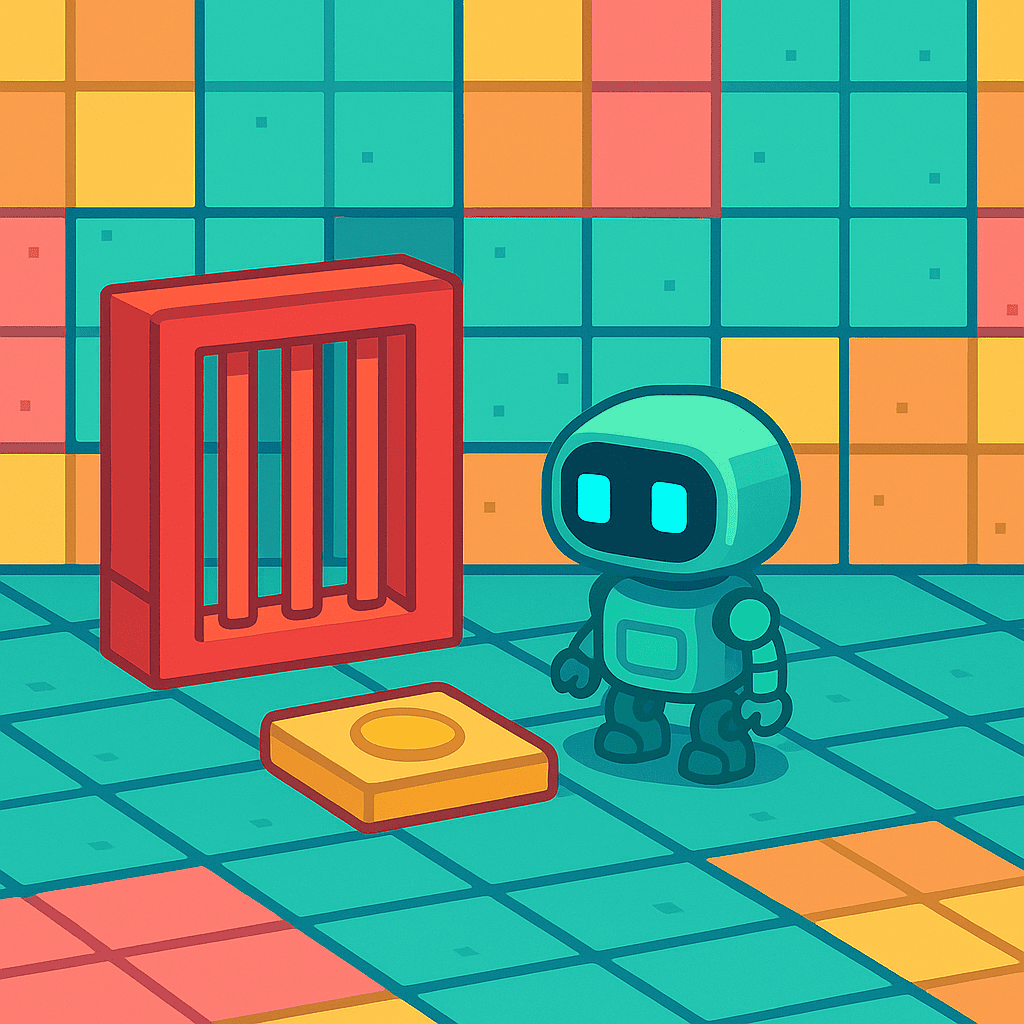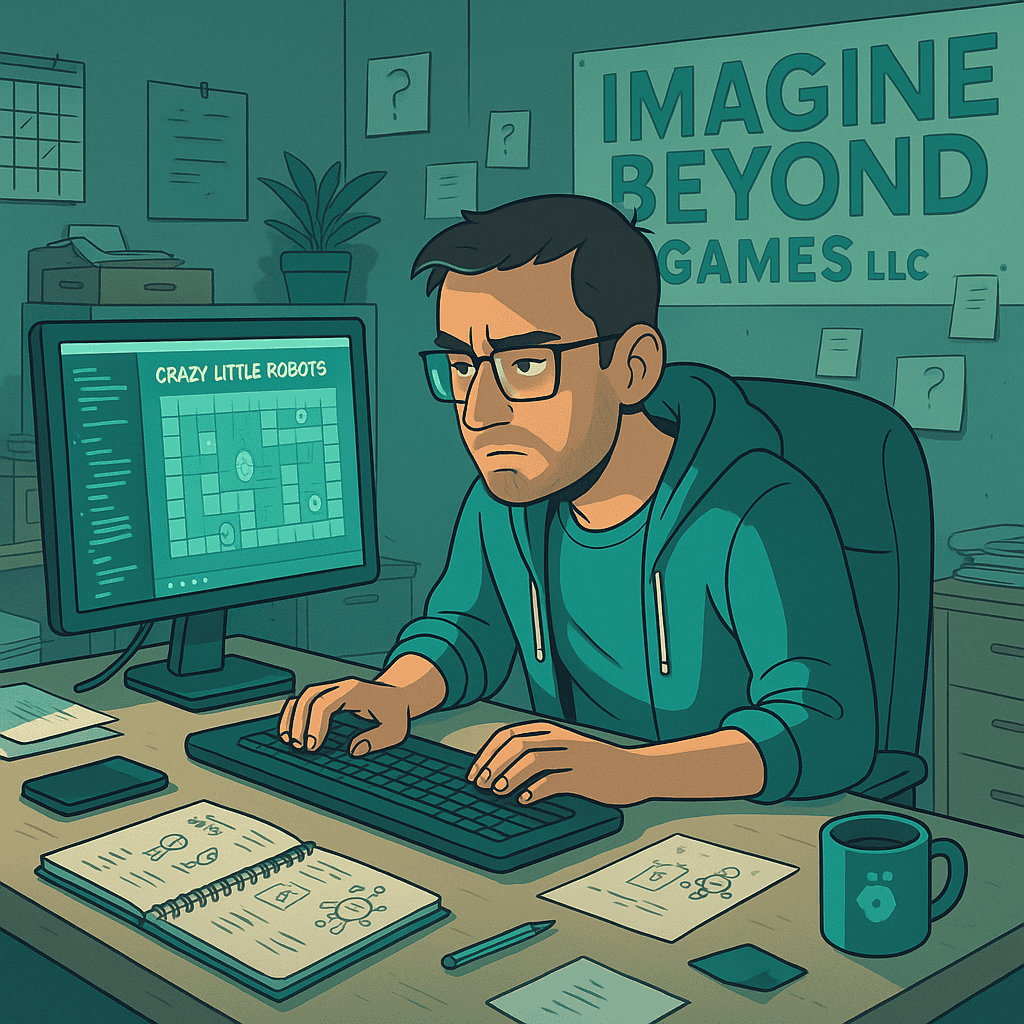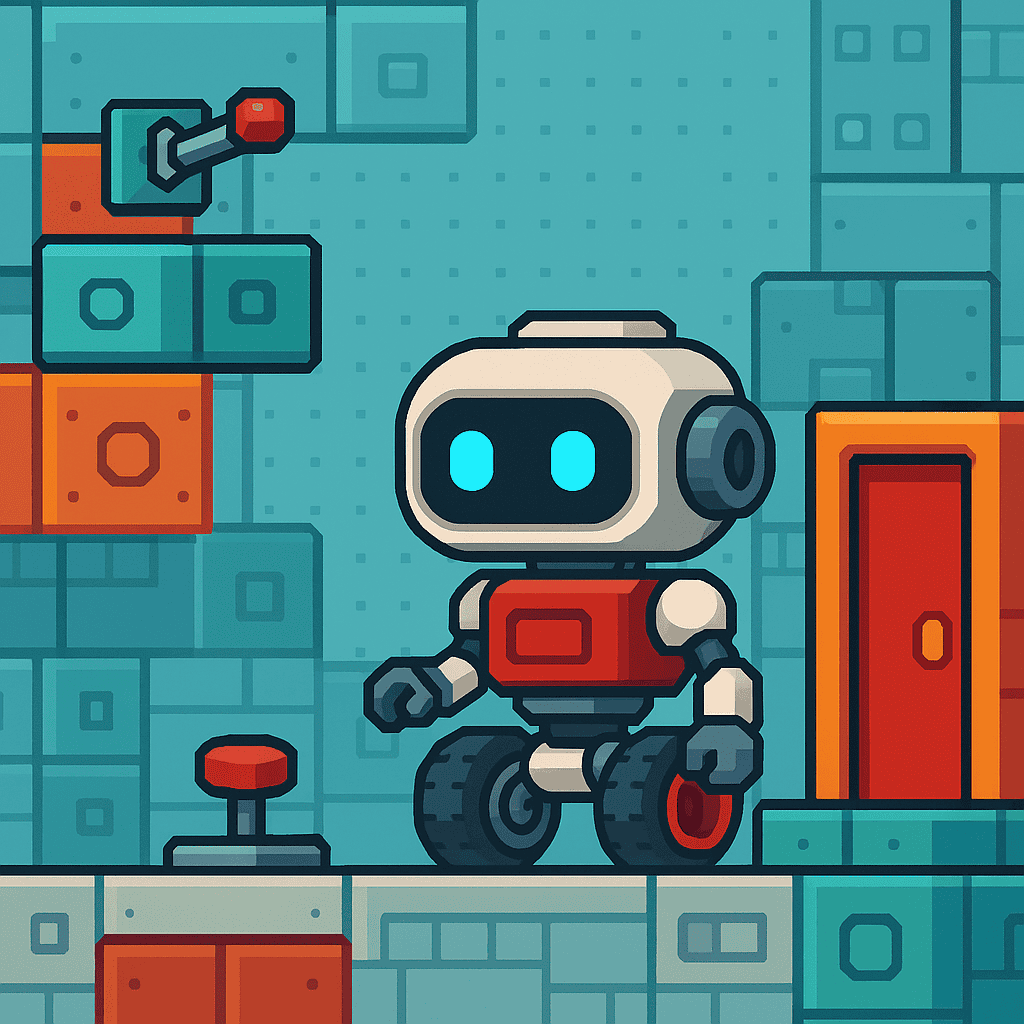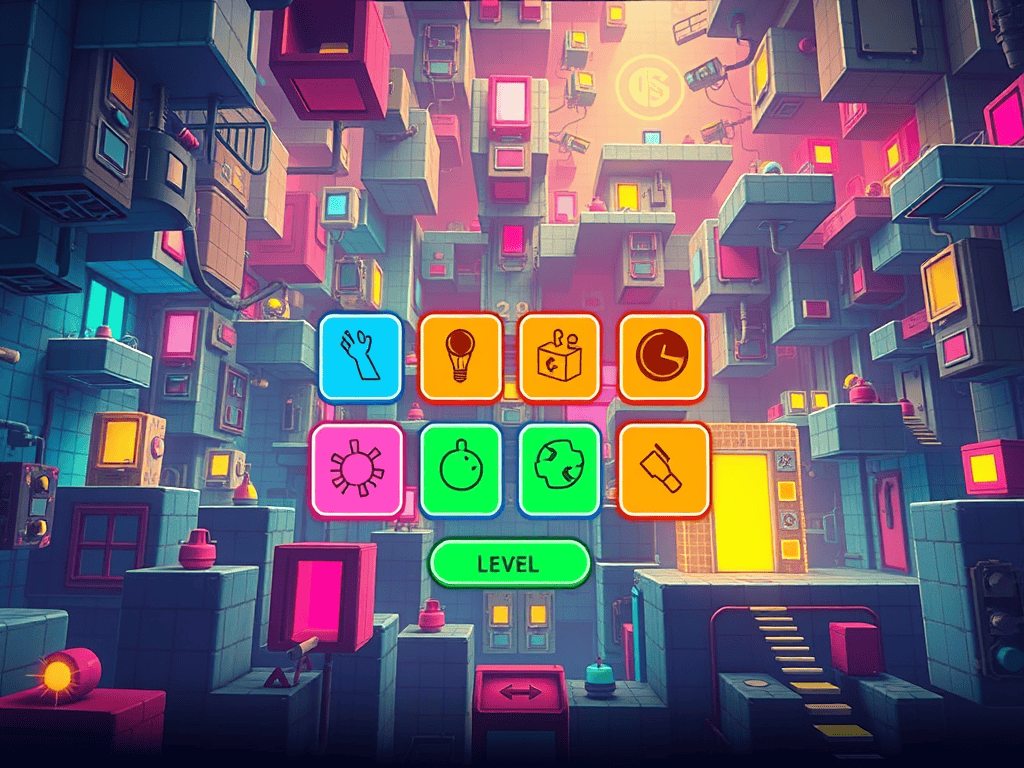From tiny test rooms to a real, playable level — this week’s devlog is all about turning systems into something that feels like an actual game. With prefabs polished and a level template locked in, the path forward is getting clearer (and a lot more fun to build on).
30 Days or Bust – Week 2: Mixed Signals and Forward Motion
Week 2 brought less optimism but no less determination. A lukewarm VA meeting, more investor outreach, and thoughts of crowdfunding added weight to an already busy week. Still, I’m pushing forward — quietly, steadily — to give this game the best chance it has.
🧠 DevLog #7 – Walls, Demos, and Deadline Energy
Week 1 of the final funding sprint is done, and this devlog captures the chaos: wall prefabs are ready, the second robot is colored and functional, and the first playable mobile demo is almost within reach. Also: a mountain of admin, funding forms, and a VA meeting on the horizon. The sprint is real.
30 Days or Bust – Week 1: Prefabs, Pitches, and Pushing Forward
The countdown has begun. With just 30 days of funding left, I’m building in public, balancing game dev, funding outreach, and family life. This week: investment pitches, prefab progress, robot art, and prepping for a critical VA meeting. The sprint is on — no panic, just purpose.
🧠 DevLog #6 – Menus, Maps, and Mayhem
In this week’s devlog, I added a main menu and level selection system to my Unity puzzle game, allowing players to load and switch between levels seamlessly. I also experimented with new room tile graphics, gate and switch designs, and tackled the business side of launching my indie game studio. Progress, polish, and paperwork all in one week.
🧠 DevLog #5 – Scaling Back to Move Forward
In this week’s devlog, I scaled back my Unity level loader after realizing it was getting too complex to maintain. It now reliably builds puzzle levels from text files and streamlines tile placement — with plans to rebuild and expand it later without sacrificing stability.
🧠 DevLog #4 – The Camera Saga
In this week’s devlog, I focused on fixing Unity camera follow issues in my mobile puzzle game — smoothing movement, solving tracking bugs, and rebuilding the system to follow the player robot properly. Now that it’s stable, it’s back to expanding the level loader and building out gameplay features.








